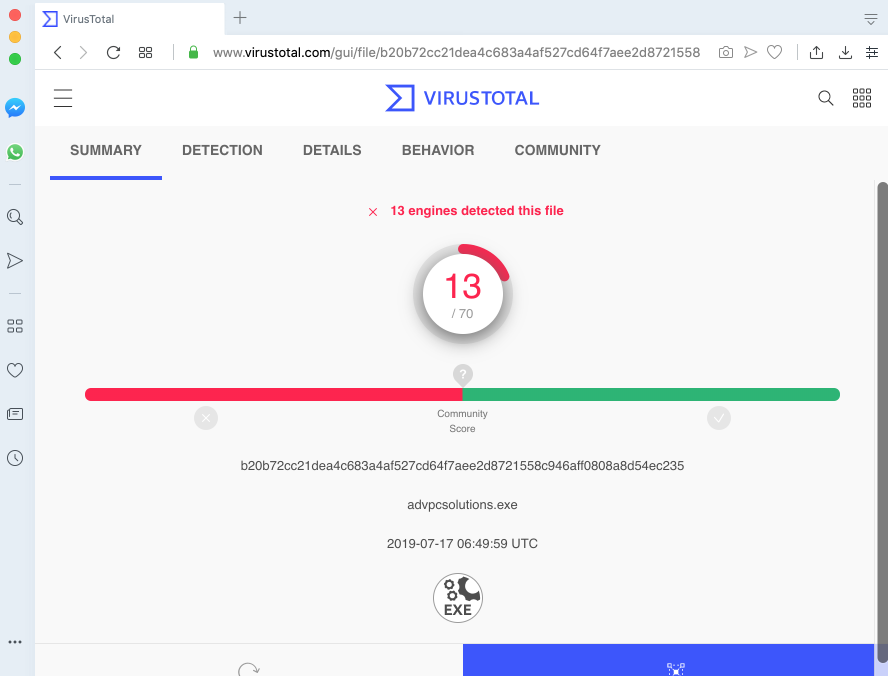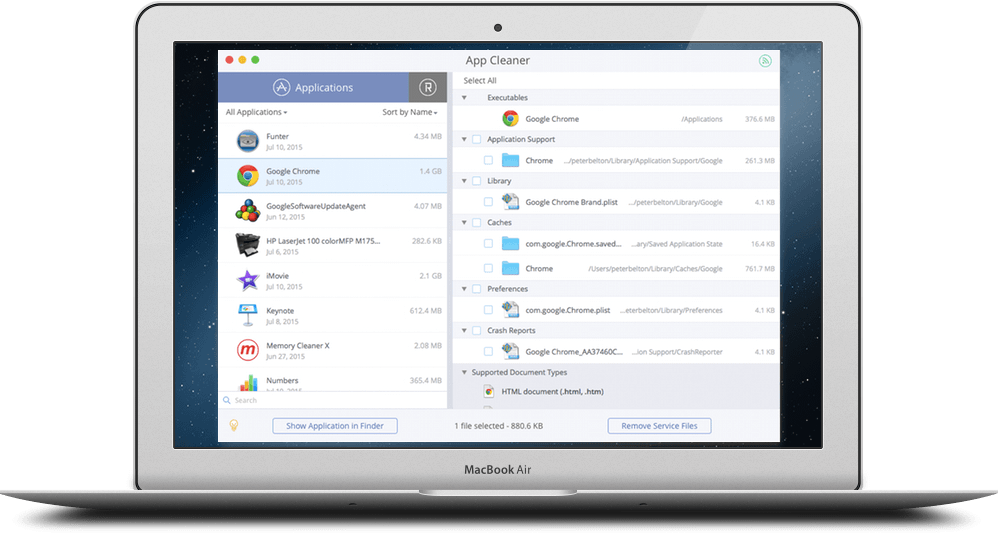
Take the Port Scan feature of Network Utility it can run for quite a while searching for open TCP/IP ports, as it will scan for port numbers ports 1 through 65535. an IP address - you can go ahead and search for more details. All of the options above provide simple input features and search buttons, so once you've got the information - e.g. It can be a useful feature for those wanting to add more to an iOS tool kit.Įach search feature is designed to be as simple as possible, so even those without technical knowledge can use and access them.
#MAC CLEANER UTILITY SYSTEM SOLUTIONS FOR MAC OS#
This even works whether or not your machine is air-gapped.Īlthough Network Utility was only designed for Mac OS X, the Finder tool can scan for the relevant data packets connected to iOS devices that are currently on your network. someone else’s or another device's IP address or domain name), and whether or not they're in your network or can be connected to your network remotely. With each of these features, it depends on what information you are looking for, what you already have (e.g. Apple gives you the tools to quickly and easily look up a lot of information on IP addresses, domain names, and connectivity ports.


What can you do with Mac Network Utility?

If you are going to need this fairly often, then placing an alias where you can find it, such as on your Desktop, can be useful.
#MAC CLEANER UTILITY SYSTEM SOLUTIONS HOW TO#
This article explains how to use Network Utility on macOS Catalina or older versions of macOS.įor anyone unsure where to find it, Apple has buried Network Utility in a Systems folder, which means you need to search for it through Spotlight. Network Utility was deprecated on macOS Big Sur.


 0 kommentar(er)
0 kommentar(er)
